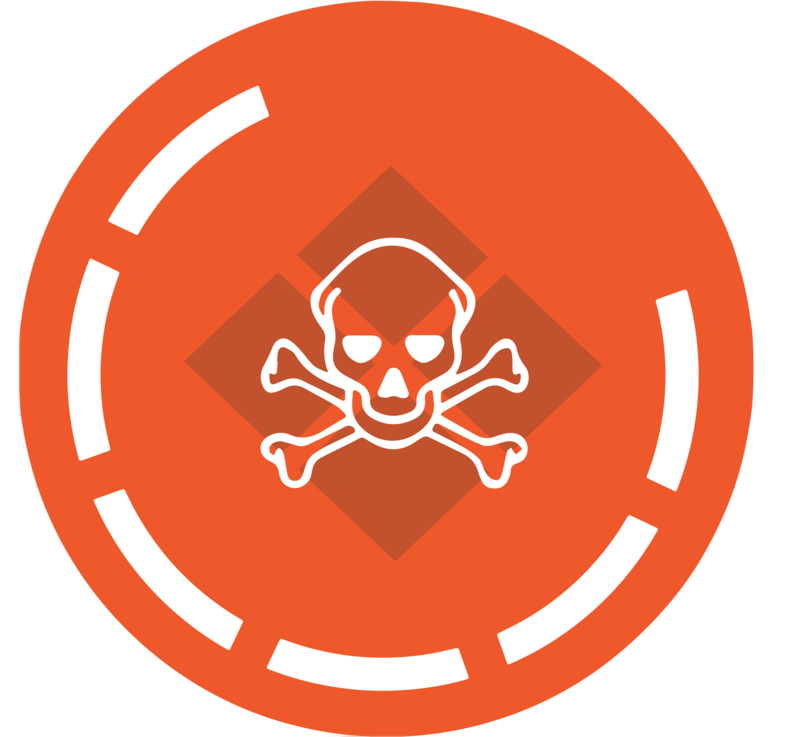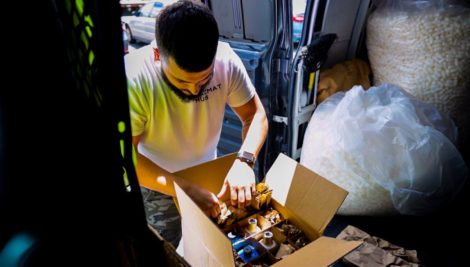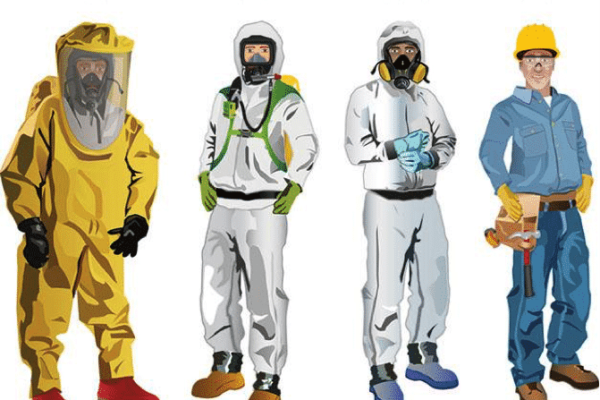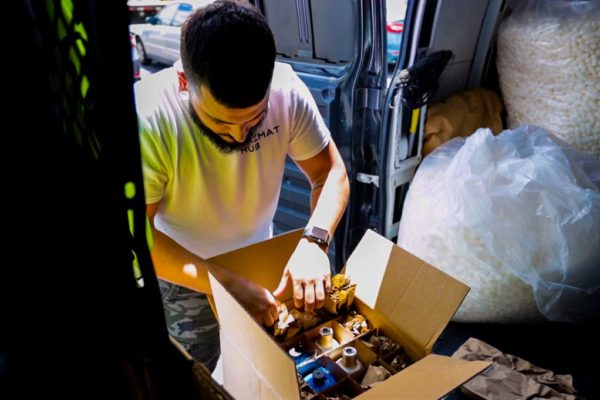Pets can not always communicate to you when they’ve gotten into something they shouldn’t have, and it’s usually not until their bodies have adverse reactions that you figure out they’ve ingested something dangerous. That’s why you have to be diligent about properly storing dangerous goods in your home, it’s not only for your personal safety.
While you may try to use only natural products that don’t pose a serious threat, there are some things we just can’t get around having in our homes. Everyday use items such as batteries, paint, different bathroom cleaners, light bulbs, etc. are pretty hard to do without, but can also be dangerous if not handled properly.
That’s why it’s important you learn how to properly dispose of hazardous materials in your home. Check out our safety tips here!
In the meantime, while those items are in use, you have to protect your pets. Especially if your pet is left to roam freely in your home while you are away. You will want to be incredibly mindful if your pet spends any time in areas of your house like the garage or bathroom, where you’re more likely to store dangerous products.
Protect Your Pets From Dangerous Materials
- Antifreeze
- Pesticides
- Paint
- Paint Thinner
Steps you can take to protect your pets from hazardous materials:
- Use safety gates to stop your dog or cat from going into certain areas.
- Be mindful when storing paints, sprays, etc. Seal them tight and place them up high so that your pet cannot reach.
- Watch your pets closely and monitor them if they do ingest anything and call your vet right away.
- Train your pets to stay out of certain areas where dangerous goods are stored.
- Check regularly for leaks and spills to make sure your pet is not able to ingest anything you may have forgotten about.
- Do not try to induce vomiting if your pet does ingest something, as the substance can do additional damage coming back up.
Safety practices around hazardous materials are incredibly important. If you think you don’t know how to properly store something, read the labels or call the manufacturer of the product. Common sense comes to play a lot in situations like this, so making sure your keep your pet away from dangerous household materials can save you a lot of time, heartache and money. Different things can be harmful to your dogs and cats, and other pets, because their bodies are unique. You can learn more here.

Check back each week for more informational tips, hazmat news and ways to stay compliant! Learn more about how Hazmat Hub uses technology when working with our partners to maintain compliance and safety.
Take control of your Hazmat transport that can assure you transparency from the port to your destination nationwide, request a free quote today and discover your hazmat logistics solution.




